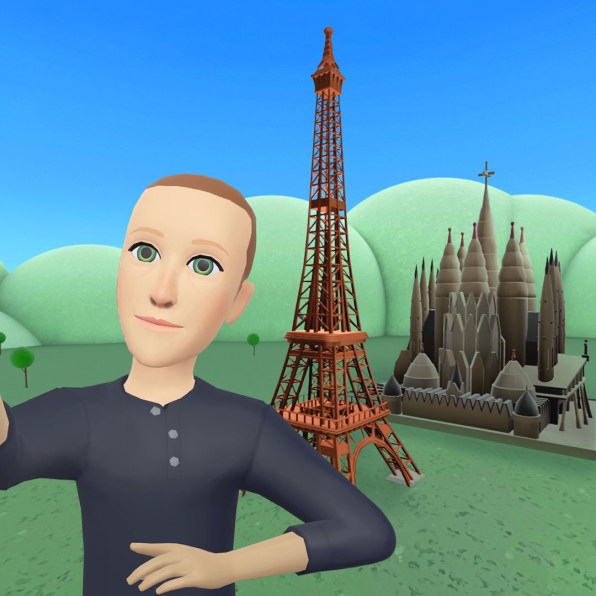Introduction: OK how did that go, Huh ??
Videos
✓
The metaverse is as dead as Zuckerberg’s cartoon eyes
No matter how realistic you make the avatars, the Big Bang for the metaverse needs a user experience that technology won’t deliver for a very long time.
Last week, Meta showed yet another cringeworthy product of its $10.2 billion investment in the metaverse: a demonic VR porcelain doll of Mark Zuckerberg that looked worse than a Second Life avatar from 2003. Hastily released in response to yet another round of universal mockery from all over the internet, it was still only marginally more expressive, and slightly more alive, than a Ken doll.
The worst part is not how bad it looks, but the fact that it is a symbol of how badly Meta is managing expectations for the metaverse. Anybody expecting that this metaverse thing will end up being a real-life version of the book and film Ready Player One is in for a huge disappointment. And so is Zuckerberg, when he finally realizes that only an insignificant fraction of enthusiasts are going to buy into this awkward dimension.
CATCHING UP ON THE METAVERSE DRAMA
Here’s what happened. On August 16, Meta showed the Mark Chuckyberg 3D figurine against a rather sad 3D rendition of the Eiffel Tower and La Sagrada Familia to announce that Horizon Worlds—the metaverse world Zuck’s company is building—is now available in France and Spain.

The backlash was so intense that Zuckerberg was forced to release another version on Instagram just four days after the original.
“Major updates to Horizon and avatar graphics coming soon. I’ll share more at [our conference] Connect,” Zuckerberg posted like a kid who hasn’t done his homework making up a bad excuse. “Also, I know the photo I posted earlier this week was pretty basic—it was taken very quickly to celebrate a launch.”
It was an embarrassing correction and yet another fumble in Meta’s path to a metaverse that is nothing like we imagined.
MISMATCHED METAVERSE EXPECTATIONS
When the first Zuckerberg avatar came out, Kevin Roose of the New York Times pointed out: “It’s genuinely puzzling that Meta spent more than $10 billion on VR last year and the graphics in its flagship app still look worse than a 2008 Wii game.”
Fair. But also, was Roose expecting the high bar set by imaginative sci-fi like Snowcrash and The Matrix? Or a version of Westworld rendered with Red Dead Redemption fidelity?
This is one of the main problems with the metaverse. We have a complete mismatch of expectations between what each of us imagines in our heads and the reality of what’s possible to support hundreds of millions or even billions of players online





No comments:
Post a Comment